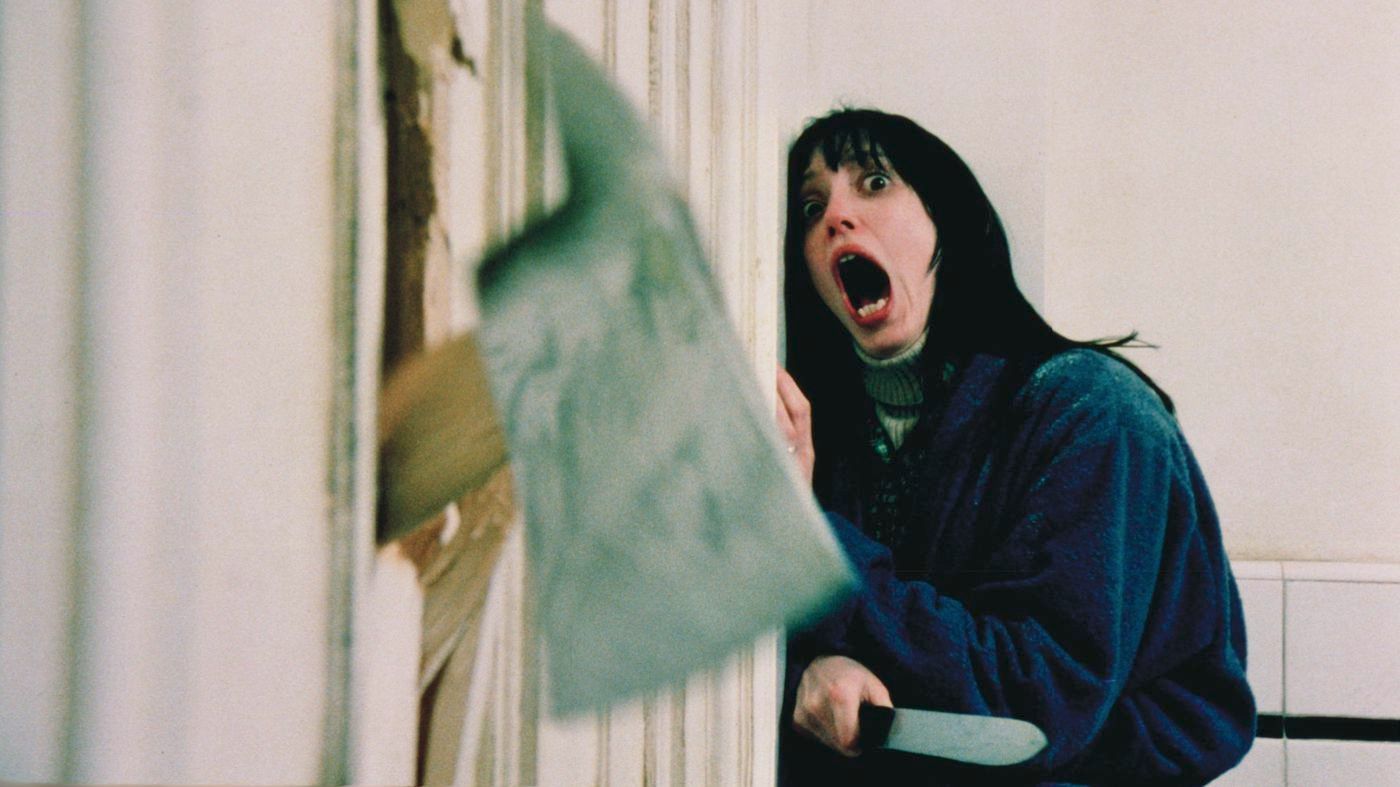Table of Contents Show
There has been considerable debate surrounding the term “elevated horror.” Get Out (2017; Jordan Peele), The Witch (2015; Robert Eggers), Midsommar (2019; Ari Aster), A Quiet Place (2018; John Krasinski) — these are all films that jump to mind, right? Why is that? What makes these films so special that they get their own categorization? Horror is already a genre that struggles with being taken seriously. Popularizing a frivolous adjective and reinforcing a highbrow/lowbrow hierarchy within a genre that already suffers from being neglected in favor of more “serious” genres is, to put it plainly, quite silly. To unpack this, however, “elevated horror” must first be defined.
Defining “Elevated Horror”
Albeit, the problem with defining the term is that “elevated horror” does not have a concrete definition. There is no agreed-upon clarity of phrase to be found for it. The general conciseness is something like this: a horror movie that places its priority on metaphorical themes and/or emotional manipulation in attempts to psychologically scare and disturb the viewer (prompting one to think), rather than emphasizing genre conventions, gore, and jump-scares to frighten.
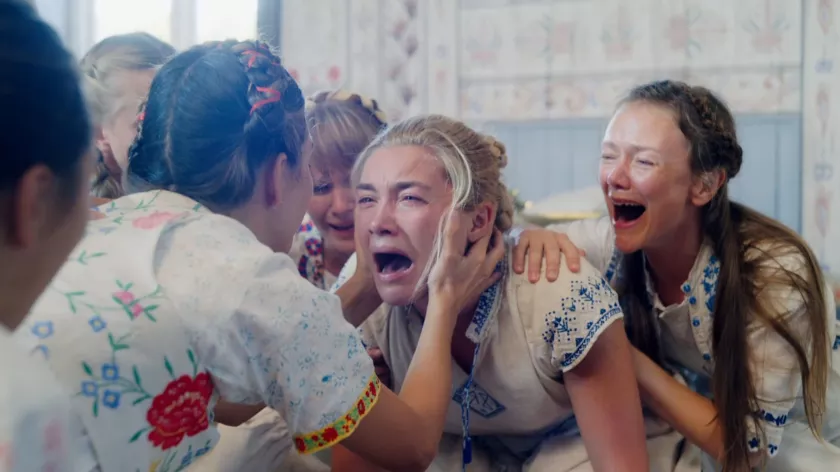
What no one who uses the term “elevated horror” wants to admit is that they are holding the phrase synonymous with the idea of a well-shot horror movie that makes one think deeply about life. This concept is not a newly implemented innovation to the genre. Of course, that is not to say the films listed above are not masterworks of cinema — they are — but classifying them in a distinctly different “elevated” category is dismissive to both the horror genre at large and the film itself. “Elevated horror” is really just an elitist term that fails to account for a vast history of profound commentary and growth occurring within the genre.
Subcategorizations: Helpful Or Gratuitous?
Labels and subcategories are not always a bad idea. For example, the differentiation between realist and neorealist films is a case for how labels can be quite helpful, especially in historical retrospect. Neorealism was a signal for social change in post-World War II Italy (Think Vittorio De Sica’s 1948, Bicycle Thieves). Unlike realist films that relied on narratives grounded in reality with believable visuals to match, these films presented reality through accurately representing working-class conditions and illustrating post-war Italy to audiences, as WWII destroyed Italy both politically and economically (( Bordwell, David, and Kristin Thompson. Film History: An Introduction. 4th ed., New York, McGraw-Hill, 1994. )).
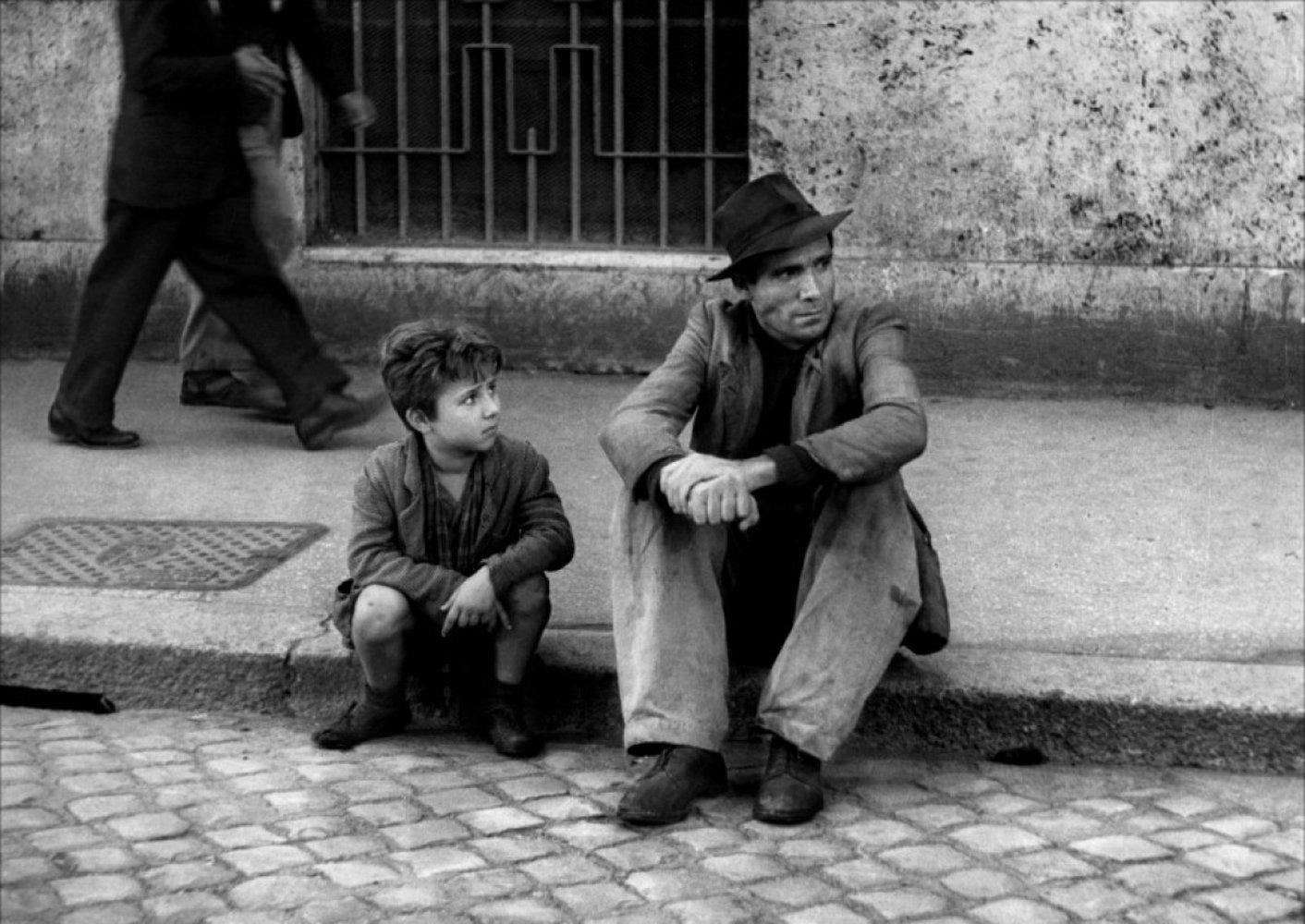
Even more so, neorealism’s impact bled into cinema at large. Neorealism became much more than a stylistic movement for filmmakers. Its social and politically charged message, shooting on location, and use of non-professional actors helped to redefine what was acceptable for cinema. The influence of this movement can be seen even today in films such as Roma (2018; Alfonso Cuarón), The Blair Witch Project (1999; Daniel Myrick and Eduardo Sánchez), Taxi Driver (1976; Martin Scorsese), and Inside Llewyn Davis (2013; Joel Coen and Ethan Coen).
Therefore, the issue here is not inherently tied to the idea of subcategorization itself (sub-genres like the slasher, found footage, and supernatural horror are all incredibly helpful distinctions when sorting through the genre). Rather, the problem is that elevating only some horror movies is a pretentious way to suggest that these select films are so good that they cannot be associated with the rest of their genre. This is problematic for a few reasons. Firstly, “elevated horror” (and the genre as it is known today) is a product of its predecessors. Good and bad, the horror genre is at the point it is today because of the films that paved the way, challenged ideas, and became examples of what not to do. Secondly, this implies the only way horror can be respected is to completely dissociate it from its genre; only then can it achieve respect. Thirdly, in reality, “elevated horror” has always been around.
“Elevated Horror” Has Always Existed
To repeat, “elevated horror” is not a new concept. The term itself is new, but horror movies that “make one think deeply” are not. One critic argues, “Old films may have had messages, but they weren’t in the forefront of the story. Newer ones have a message that’s right in your face” (( Delp, Tommy. “Modern Horror: How A Genre Gets Elevated.” Reporter, 17 June 2021. )).
This could not be further from the truth. The horror genre is known for saturating its topics and taboos in sociopolitical thought. Horror is the place where themes of resistance, social change, and questioning morals are continually discussed. Or, is Night of the Living Dead (1968; George A. Romero) a fluke? Romero’s zombie film was among the first to cast a Black man leading in a heroic role, and “years following the film’s release, Romero has spoken extensively on how Night was influenced by the era’s political climate” (( Paquet, Cole. “Examining the socio-political influences behind Night of the Living Dead.” The Concordian, 29 October 2019. )).
Due to their exploitative nature, horror films have been trivialized time and time again, despite having pertinent cultural messages to explore. There are many films that could be used to prove this point: Texas Chainsaw Massacre (1974; Tobe Hooper), Alien (1979; Ridley Scott), The 4th Man (1983; Paul Verhoeven), Suspiria (1977; Dario Argento), The Thing (1982; John Carpenter), etc., etc. To keep it short, here are three cases for films that, if they were released today, would be called “elevated horror.”
The Invasion of the Body Snatchers (1956; Don Sigel + 1978; Phillip Kaufman)
Don Sigel’s Invasion of the Body Snatchers (1956) follows a small, California town as alien pods begin to descend upon the community, replacing the residents with emotionless clones. So, what is the big metaphor here? This film was created in the 50s, an adaption of the novel by Jack Finney, and remade in the 70s. Each version of the film works to tackle the social anxiety of the time it was made.
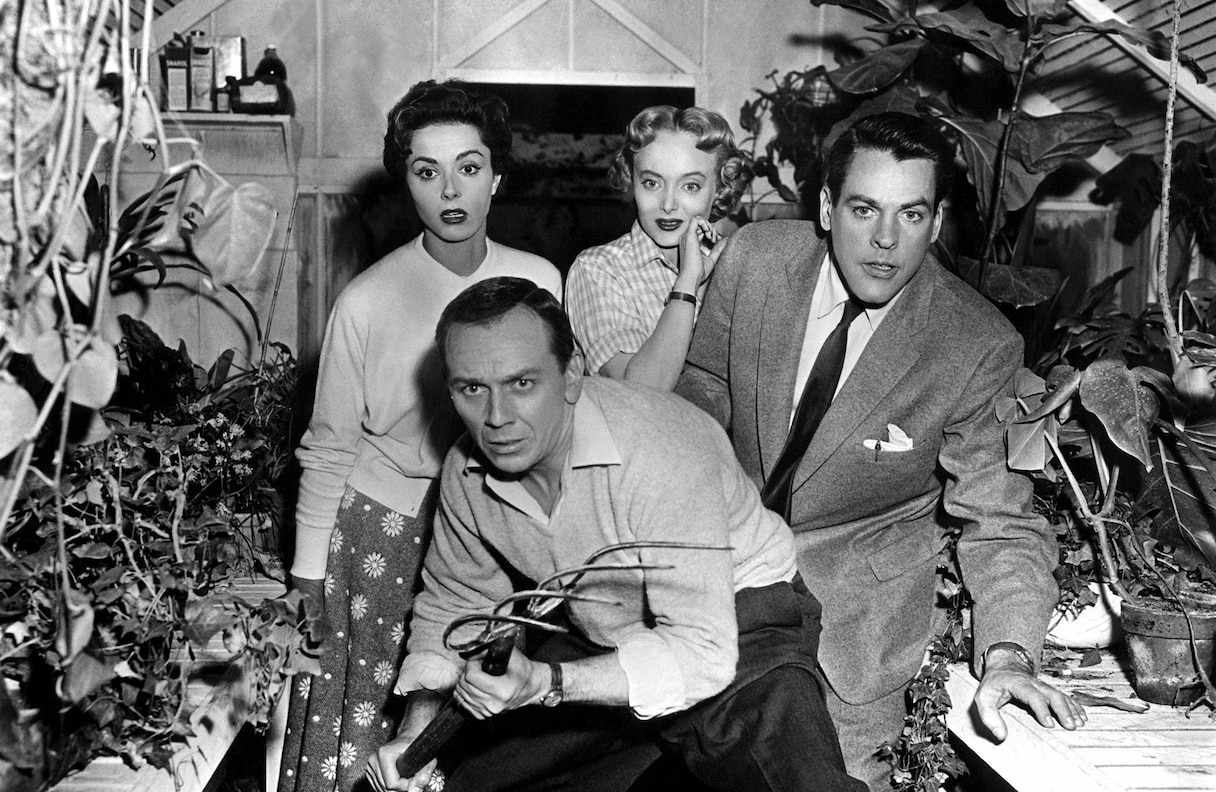
The 1956 version is argued to be an allegory for xenophobia and reflects the state of Cold War America. Phillip Kaufman’s 1978 remake was created at the height of the sexual liberation movement and reflected such apprehensions. However, many have contested these ideas, including the author of the book. In an interview on the DVD release, Finney said the work possessed no political allegory (( “Was ‘Invasion of the Body Snatchers’ Intended As Political Allegory?” The Take. Accessed 6 February 2022. )). Yet,
“This doesn’t invalidate the idea that there is an allegorical element in Invasion of the Body Snatchers; it is simply to suggest that sometimes these pressure points, these terminals of fear, are so deeply buried and yet so vital that we may tap them like artesian wells — saying one thing out loud while we express something else in a whisper.”
(( King, Stephen. Danse Macabre. New York, Everest House, 1981. ))
Accidental allegories happen all the time. That does not mean those analyses are any less valid, hold any less merit than films with established ones. There are many who read Captain America: The First Avenger (2011; Joe Johnston) as a trans allegory. There are many who have never had that thought cross their mind. The beauty of the film, and particularly the horror genre, is that it finds a way to speak to one’s own unique and personal experiences, desires, and fears. It is why everyone on earth does not have the same favorite movie or same answer for the scariest movie they have ever seen.
The Exorcist (1973; William Friedkin)
Like Invasion, The Exorcist has a convincingly eerie documentary feel to it. It is a film about many things — demonic possession, but also, hope, questioning faith, science vs. religion, parental love, and the explosion of youth culture in the late 1960s and early 1970s. A product of its time, The Exorcist highlighted this intense fear parents were experiencing in which they felt their children were slipping out of their grasp. As the 1960s counterculture grew, young people were rejecting the social, political, and economic ideals of their parent’s generation.
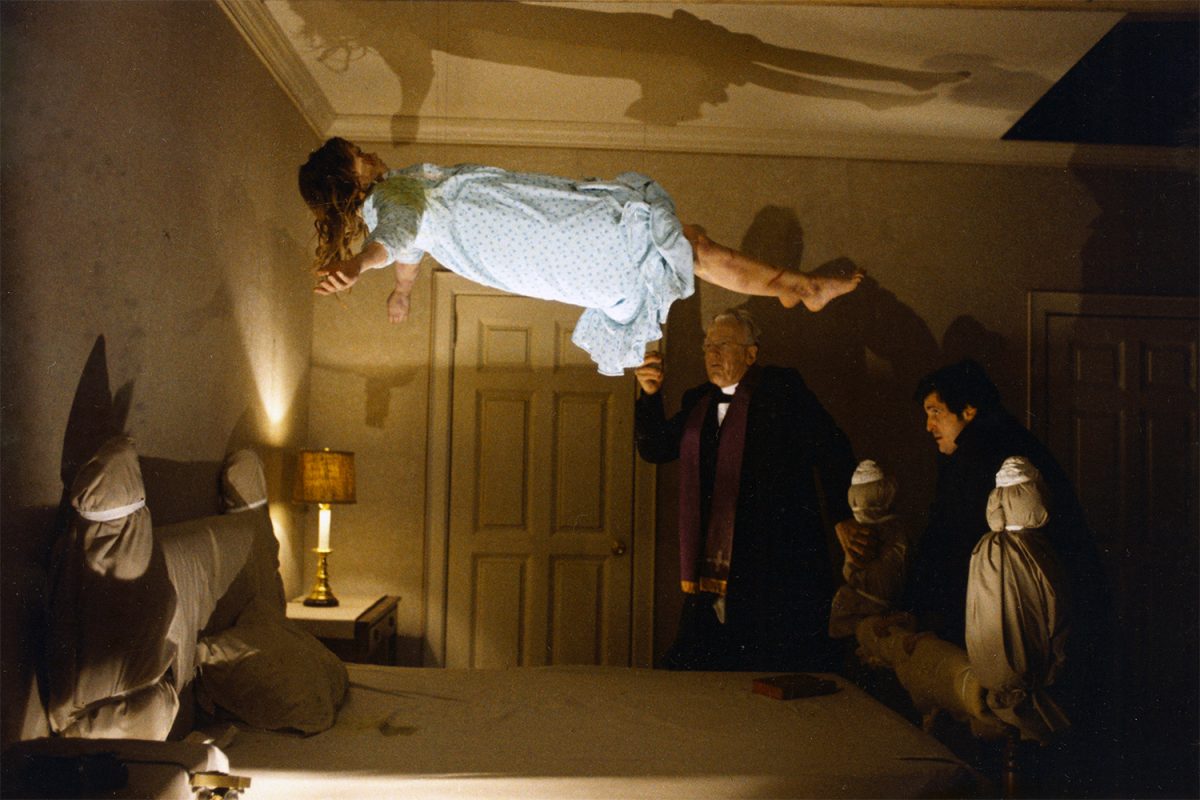
Here, a story about a young child being possessed by a demon and her mother’s desperate attempt to save her is a not-so-subtle parallel to this tumultuous time between generations. Unlike now, the success of The Exorcist (and, wow, did it have success) did not come with the critical dismissal of other horror films. When the film was released,
“Everyone knew it was classy, but no one was questioning whether or not it was a horror film. It was clearly a horror film. You’d find it in the horror section of every video shop. Back then, you could praise one horror film without feeling the need to slag off all the others at the same time.”
(( Barber, Nicholas. “Is horror the most Disrespected genre?” Culture. BBC. 14 June 2018. ))
Many talk about this film as if it reinvented the genre and, in some ways, it did. It certainly revitalized the idea of what a popular horror movie could be. Yet, it is common for people today to claim that The Exorcist is different because of its lack of jump-scares and genre tropes. While the film did not rely on jump-scares, it was certainly not above using them. Nor did it hold back on its use of gore and body horror which is, ironically, one of the quickest ways to dismiss a horror film as a respectable work of art. Importantly, this film shows how great works of horror can successfully implement classic horror tropes while also creating a thought-provoking piece of cinema.
The Shinning (1980; Stanley Kubrick)
Now considered a classic, when The Shining came out in 1980, it received heavily mixed reviews. Based (loosely) on the Stephen King novel, The Shining follows a family that moves into the isolated Overlook Hotel for the winter season as Jack, the father, tries to cure his writer’s block.

The film is filled with ambiguity, unease, and the constant anticipation of horror with a score that often swells and swells and releases to nothing. It is a supernatural story, but it is also a descent into madness; a domestic nightmare. As the viewer learns more about the hotel, they learn more about the family living in it. The Shining shows,
“The effects of isolation on mental illness, a visceral exploration of the supernatural, and a vicious battle between a plagued man and his greatest nemesis: himself. The greatest and most terrifying trick The Shining ever played was to bury its true monster inside its protagonist, creating a moral gray zone between good and evil which the film constantly circles but can never quite penetrate.”
(( Horton H., Perry. “How ‘The Shining’ Drives Its Audience Insane.” Film School Rejects. 27 October 2016. ))
It is this performance of the patriarch descending into madness that drives the terror of the film, even more so than the supernatural twins who haunt the hallways or the croaking “REDRUM” voice. Jack’s sardonic smirk, paired with the film’s deliberately unhurried pacing and hypnotic symmetrical blocking, creates an unparalleled atmosphere of unceasing tension. These traits The Shinning possess — a slow build, a character experiencing a tortured physical and mental state, aesthetically pleasing cinematography, unexplained symbolism — are all keywords associated with this “elevated horror.” The Shining, a film made years before there was a whisper of the phrase “elevated horror,” illustrates how the expression cannot have validity if it fails to pinpoint a true definition.
Then, What Does “Elevated Horror” Really Mean?
Truthfully, what these examples show are depictions of psychological horror. Which, once again, is not a new development. So, maybe “elevated horror” is referring to this renaissance of horror gaining commercial success? Maybe “elevated horror” is trying to talk about horror being respected? But, is horror really being respected? Get Out was categorized in “Best Musical or Comedy” at the 75th Golden Globe Awards. To this day, only six horror films have ever been nominated for “Best Picture” at the Academy Awards — The Exorcist, Jaws (1975; Stephen Spielberg), Silence of the Lambs (1991; Johnathan Demme), The Sixth Sense (1999; M. Night Shyamalan), Black Swan (2010; Darren Aronofsky), and Get Out — and only Silence of the Lambs has won the title (( Agarwal, Mihka. “The only 6 horror films ever nominated for Best Picture at the Oscars.” Vogue. 8 April 2021. )).
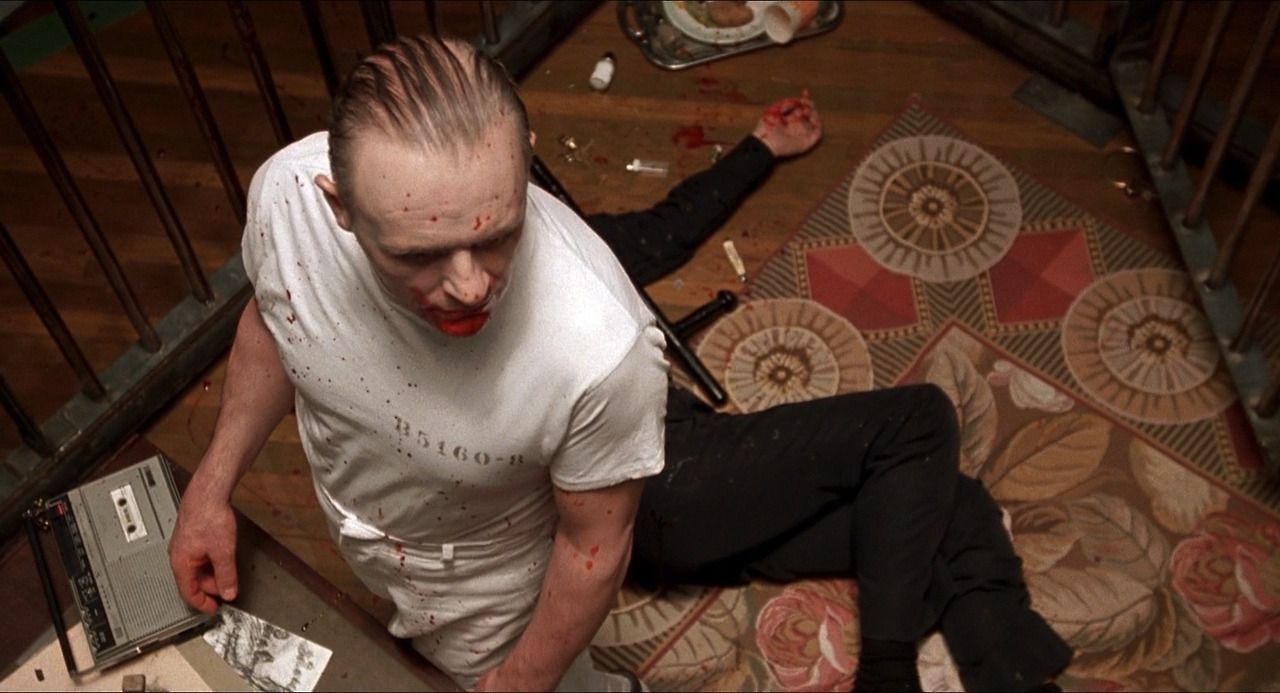
One film blogger argues that “elevated horror delivers the visceral impact of the genre in artful forms, untrammeled by the genre’s familiar and formulaic tropes and convention” (( Tims, Salam. “Elevated Horror — MIDSOMMAR.” Eye On Fantastic Tales. Accessed 4 February 2022. )). Looking at that definition, maybe elevated horror is trying to say, “shocking horror?” But, then, does the Final Destination series not continue to shock audiences with its creative and gruesome deaths? It is hard to imagine anyone arguing that the Final Destination series could be considered a work of elevated horror. Perhaps one is still unconvinced. Lastly, then, consider the term “elevated animation” or “elevated comedy.” No one would call Up (2009; Pete Docter) or Coco (2017; Lee Unkrich) an “elevated animation,” nor The Favourite (2018; Yorgos Lanthimos) an “elevated comedy” — so, why is it used for horror?
Slashers, Pop Music, And Other Low-Grade Pleasures
Taking a minute to review, this article has shown that horror has many examples of intellectually interacting with political and social fears, and that “elevated horror” is often used synonymously to psychological horror. Now, why is the term insulting to the other films of its genre?
It is no secret that slashers are often thought of as the worst the horror genre has to offer. In her famous article, “Her Body, Himself: Gender in the Slasher Film,” film scholar Carol J. Clover writes, “At the very bottom, down in the cinematic underbrush, lies — horror of horrors — the slasher film…Drenched in taboo encroaching vigorously on the pornographic, the slasher film lies by and large beyond the purview of the respectable audience” (( Clover, Carol J. “Her Body, Himself: Gender in the Slasher Film.” Representations, no. 20, Autumn, 1987, pp. 187-228. )).
It is one thing to string together a complex metaphor in a film, mesmerizing viewers with intellectual inquiry while crafting an atmosphere of unease to produce a compelling narrative. It is another thing entirely to create a formulaic slasher film that will still frighten mass audiences. If one already knows the formulaic tropes of a slasher, it should be incredibly difficult to raise a reaction within the viewer. In a similar vein, it is reminiscent of those who belittle pop music as mindless entertainment. Jack Antonoff, the popular musician and producer, describes a successful pop song as, “a song you want to hear over and over and over. Some people will instantly think, ‘Well, that means it’s simple and stupid.’ The truth is that it’s the opposite” (( Marchese, David. “Jack Antonoff on How to Write a Perfect Pop Song.” Vulture, New York, 29 June 2017. )).
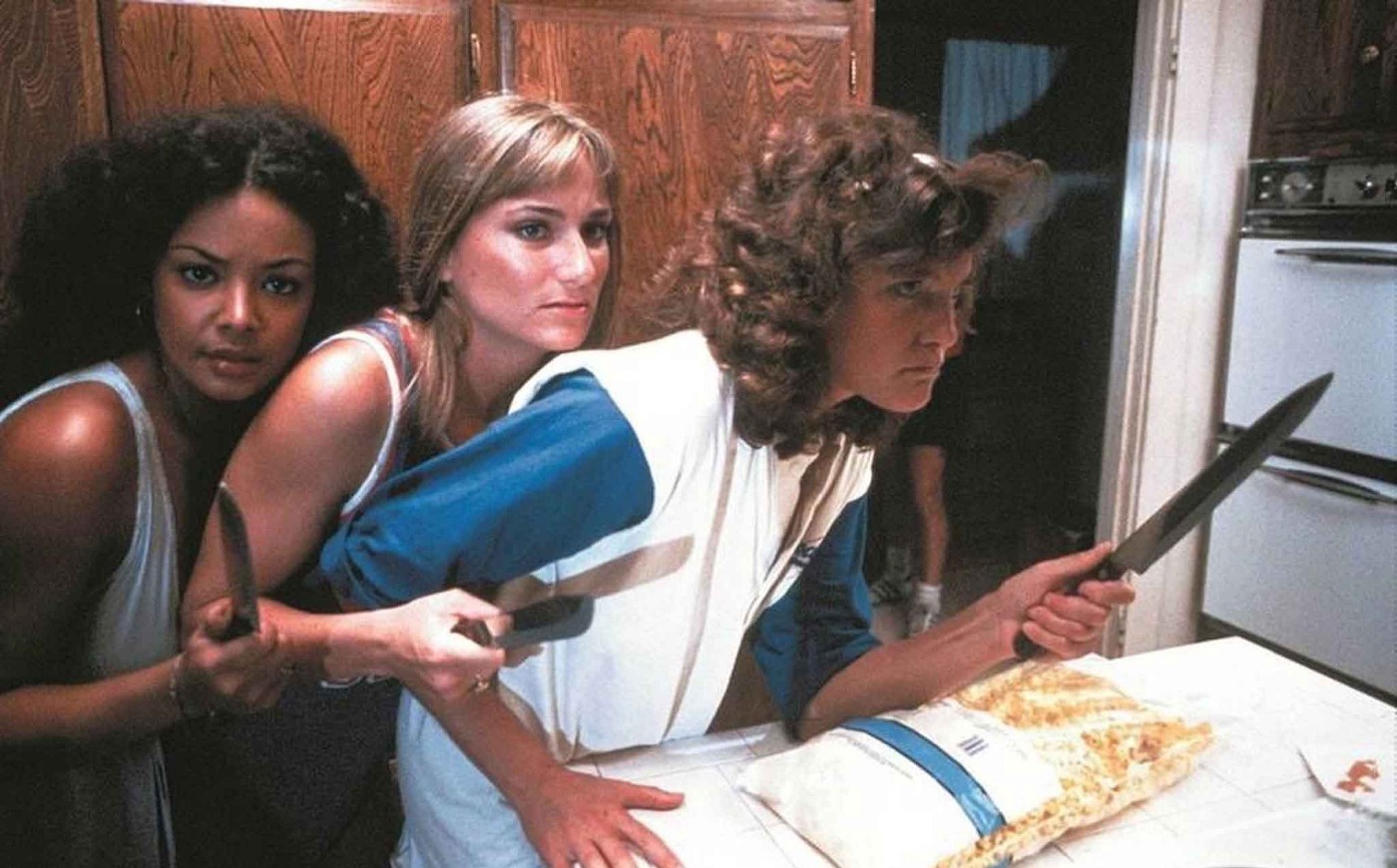
Similarly, slashers and low-grade horror are often thought of as “simple and stupid” unlike “elevated horror,” complex and ingenious. Yet, it takes work to make a film that follows such a known, laid-out path and still succeeds in exciting viewers. Stephen King writes about this kind of routine horror in his book, Danse Macabre, using The Amityville Horror (1979; Stuart Rosenberg) as his primary example. Calling the film simplistic, yet effective, “As horror goes, Amityville is pretty pedestrian. So’s beer, but you can get drunk on it” (( King, Stephen. Danse Macabre. New York, Everest House, 1981. )). This does not mean there are no bad horror movies — there are plenty — but there are plenty of bad dramas too. Instead of calling a great horror film a work of “elevated horror,” try calling it was it is — a great horror film.
The Horror Genre Deserves Respect
Since its origins, the horror genre has continually dealt with taboo topics, difficult conversations, and been richly saturated with sociopolitical analysis. It continues to provide extremely pointed commentary on current fears, both hidden and explicit, of a generation or country. “A horror film is a horror film, whether it’s intelligent, dumb, makes a hell of a lot of money, or wins an Oscar. They all belong to the same murky cesspool of depravity, and should be bloody proud of it too” (( Jones, Charlie. “A word on ‘elevated horror.'” Angry Usher Reviews. June 26, 2018. )). “Elevated horror,” at its heart, is a scapegoat to say, “horror movies generally held to be good” — and horror did not suddenly get smart in recent years.
Horror has truly, always been an elevated genre.
